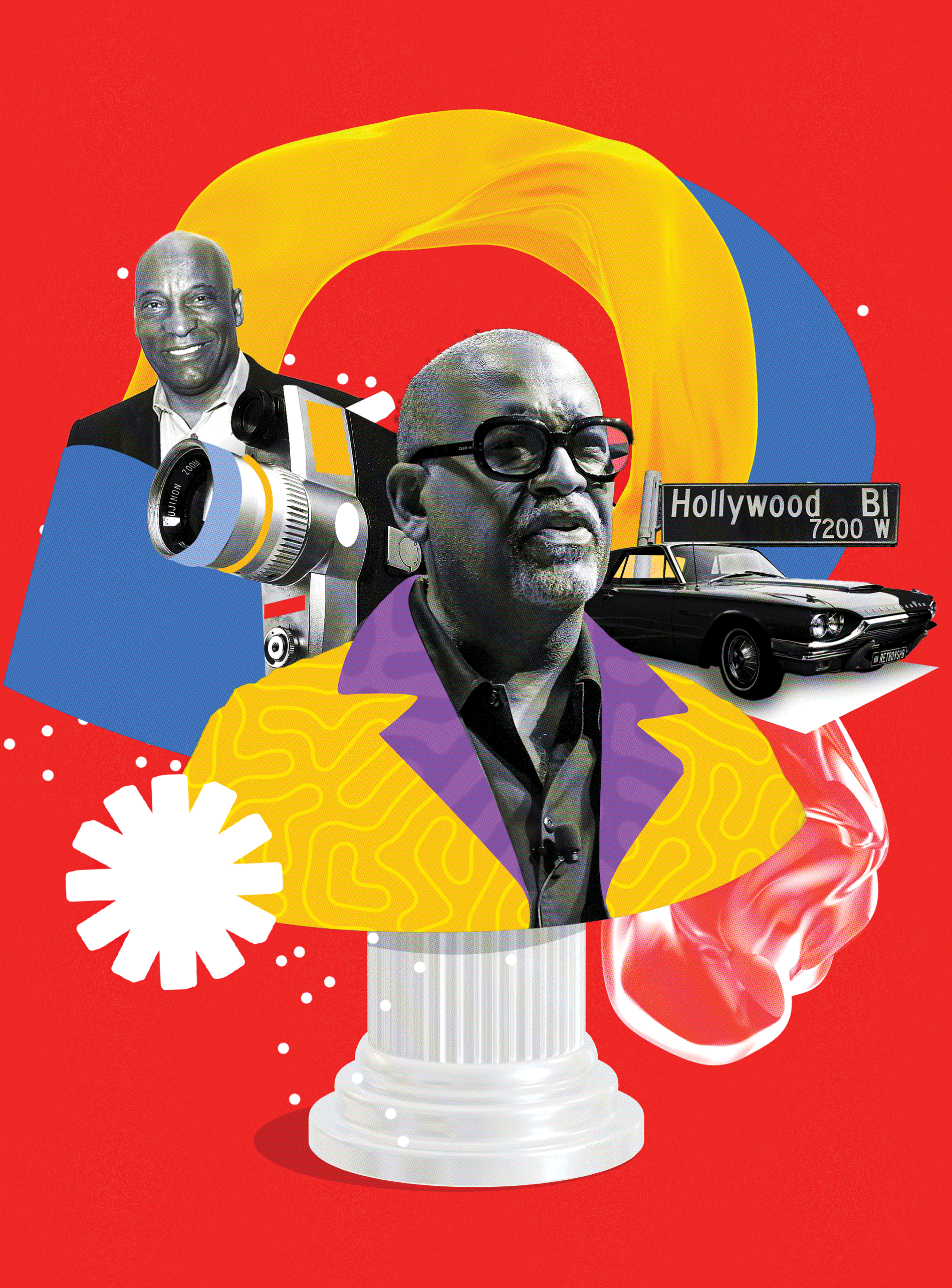A communitywide cypher
At USC Kaufman, hip-hop is so foundational to the core curriculum that all Bachelor of Fine Arts students take hip-hop dance classes for four years — not just those focusing their studies on hip-hop. And the school’s minor in hip-hop, street and social dance forms is open to all undergraduates, regardless of dance experience.
“At USC Kaufman, we believe everyone has something to contribute to the evolution of hip-hop as an art form,” says Julia Ritter, dean of USC Kaufman.
Many of the hip-hop dance styles that students learn — breaking, locking, popping, house, whacking and krumping — were literally conceived on street corners. They morphed as they gained global popularity and were polished for consumption in dance studios far removed from the communities of color where they originated.
When USC Kaufman faculty were designing the hip-hop curriculum in 2014 — a year before the school opened its doors to students — their guiding question was, “How can we honor, uplift and celebrate Black culture, which is at the core of hip-hop?” says d. Sabela grimes, associate professor of practice.
grimes developed a system of movement called “Funkamental MediKinetics” that steeps students in the rich history of Black vernacular dance practices that preceded and influenced hip-hop. He and his colleagues also introduced opportunities for students to connect with the wellspring of creativity in the neighborhoods adjacent to USC.
The biennial Cypher Summit — which is organized by Tiffany Bong, assistant professor of practice, and celebrates women in hip-hop — is one of the many USC Kaufman events that gather community-based artists on campus. This year, for the first time, Bong collaborated on the event with USC Visions and Voices, a university wide arts and humanities initiative.
“Women have been innovators, leaders, organizers, pioneers and creatives of hip-hop dance culture since the beginning,” Bong notes. “It’s important to recognize that because most of the time they have been taken out of the story, or less featured or highlighted.”
Jakevis Thomason ’20 has worked with some of hip-hop’s top female recording artists. He recently toured with R&B/hip-hop musician Kali Uchis and contributed choreography to Beyoncé’s 2023 Renaissance tour — an opportunity that came about in a surprising way.
In 2021, Thomason choreographed a short dance film set to Beyoncé’s song “Black Parade.” After filming it at the top level of the USC Shrine Parking Structure, he posted it on YouTube — and it went viral. Beyoncé’s team later reached out to see if Thomason could teach his “Black Parade” choreography to her dancers so they could perform it on the tour.
“I freaked out,” Thomason says. “For her to see it was one thing, but for her to actually love it and want to use it … it was a dream come true.”
Thomason believes his training in hip-hop foundations has helped him stand out from the competitive pack in the commercial dance industry. “I feel like going back and understanding where things come from … can help you get to places you didn’t know were possible,” he says.
Bong says that USC Kaufman’s ability to ground students in local community practices and simultaneously propel them to global stages puts it at the forefront of new territory. “We are blessed with the opportunity and capability of being at the front lines every day to envision and shape where hip-hop and academia merge, and what can be birthed from it,” she says.
The revolution will be televised

The School of Cinematic Arts has produced countless visionaries in film, television and new media, but the early ’90s ushered in a new era for Black filmmaking and storytelling that realistically depicted Black American life in a way never seen before.
Among the Trojan visionaries who used the different elements of hip-hop to create powerful portrayals of the Black experience in South L.A. was L.A. native John Singleton ’90. As a newly minted USC alum, he wrote and directed the iconic 1991 film Boyz N the Hood, which was released mere months after the police beating of Rodney King. The film touched on many of the same themes that West Coast rappers such as N.W.A were shedding light on, including gang culture and police brutality, and its soundtrack featured leading hip-hop artists of the era, including 2 Live Crew, Too Short and Ice Cube — who also portrayed one of the film’s main characters.
“While not a hip-hop practitioner via music, in many ways hip-hop is a lens through which Singleton expressed himself, through visual culture and cinema,” says Taj Frazier, an associate professor of communication at USC Annenberg. Although some critics complained that the film glorified gang culture, it was overall a critical and financial success. The late Singleton would go on to direct many popular films on the realities of Black community life — featuring major hip-hop artists — including Poetic Justice and Baby Boy.


